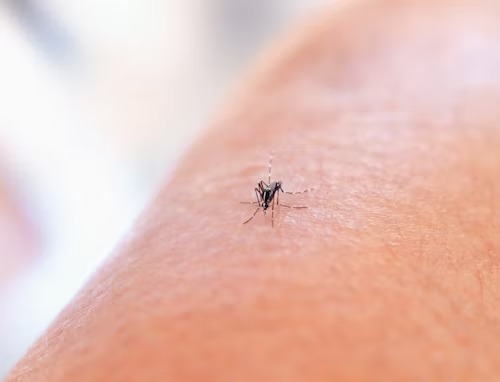Chikungunya virus is a mosquito-borne illness that has been making headlines due to recent outbreaks in various parts of the world. Understanding this virus, its symptoms, transmission methods, and preventive measures is crucial for safeguarding your health.
Understanding Chikungunya Virus
Chikungunya is a viral disease transmitted to humans through the bite of infected mosquitoes, primarily the Aedes aegypti and Aedes albopictus species. The name “chikungunya” comes from a word in the Makonde language, meaning “that which bends up,” describing the stooped appearance of sufferers due to joint pain.
Symptoms of Chikungunya
The symptoms of chikungunya typically appear 3–7 days after being bitten by an infected mosquito. Common symptoms include:
-
High fever: Sudden onset of fever, often exceeding 39°C (102.2°F).
-
Severe joint pain: Intense pain in multiple joints, which can be debilitating.
-
Muscle pain: Generalized muscle aches and weakness.
-
Headache: Persistent headaches.
-
Rash: A rash that may appear a few days after the fever starts.
-
Fatigue: Feeling unusually tired and weak.
While the acute symptoms usually resolve within a week, joint pain can persist for months in some cases.
Transmission of Chikungunya
Chikungunya is primarily transmitted through the bites of infected Aedes mosquitoes. These mosquitoes are aggressive daytime feeders, with peak periods early in the morning and before dusk. The virus is not transmitted directly from person to person but can spread when an uninfected mosquito bites a person already infected with the virus.
Treatment Options
Currently, there is no specific antiviral treatment for chikungunya. Management focuses on relieving symptoms:
-
Pain and fever relief: Medications like acetaminophen (paracetamol) can help alleviate pain and reduce fever.
-
Hydration: Ensuring adequate fluid intake to prevent dehydration.
-
Rest: Sufficient rest to aid recovery.
It’s important to consult a healthcare provider for proper diagnosis and treatment recommendations.
Preventive Measures
Preventing chikungunya involves reducing mosquito exposure and controlling mosquito populations:
-
Use insect repellent: Apply repellents containing DEET, picaridin, or oil of lemon eucalyptus on exposed skin.
-
Wear protective clothing: Long-sleeved shirts and long pants can help minimize skin exposure.
-
Use mosquito nets: Sleeping under insecticide-treated mosquito nets, especially in areas with high mosquito activity.
-
Eliminate mosquito breeding sites: Remove standing water in containers like tires, buckets, and flower pots where mosquitoes lay eggs.
-
Vaccination: While vaccines have been developed and authorized in some regions, their availability may vary. It’s advisable to check with local health authorities for current recommendations.
Global Impact and Recent Outbreaks
Chikungunya has been reported in over 60 countries across Asia, Africa, Europe, and the Americas. Recent outbreaks have highlighted the virus’s potential to spread rapidly, especially in areas with high mosquito populations and inadequate vector control measures.
Living with Chikungunya
For those affected by chikungunya, managing symptoms is key. While most individuals recover within a few weeks, some may experience prolonged joint pain. Physical therapy and pain management strategies can be beneficial for those with lingering symptoms.
Conclusion
Chikungunya virus is a significant health concern in many parts of the world. By understanding its symptoms, transmission methods, and preventive measures, individuals can take proactive steps to protect themselves and their communities. Stay informed, take necessary precautions, and consult healthcare professionals if you suspect you have been infected.
